As the warmth of summer fades and the crisp air of autumn settles in, it’s time to start thinking about one of the less glamorous tasks of pool ownership: closing your pool for the season. While it might be tempting to put it off, properly closing your pool is crucial to keeping it in top condition for the next year. Properly closing your pool is essential to ensure it stays in great shape for the next swimming season and avoids costly repairs. Here’s what you need to know to make sure your pool is well-prepared for the colder months ahead.
Why Closing Your Pool Matters
Closing your pool isn’t just about putting on a cover and calling it a day. It’s about safeguarding an investment that has provided countless hours of enjoyment over the summer. A pool is more than just a luxury; it’s a significant financial commitment that requires ongoing care to maintain its value. Properly closing your pool ensures that it remains in excellent condition, preventing small issues from escalating into major problems.
If done correctly, this process can save you from costly repairs and a mountain of work when next spring rolls around. The cold winter months can be harsh on your pool, especially if you live in an area where temperatures dip below freezing. When water freezes, it expands, and if there’s water left in your pool’s pipes, filter, or pump, this expansion can cause cracks or bursts. The same goes for the pool’s structure itself. If the water chemistry isn’t properly balanced before closing, it can lead to corrosion or scaling, which can damage the pool’s lining, tiles, and equipment.
What might seem like a minor oversight – such as not lowering the water level enough, forgetting to blow out the lines, or neglecting to add the right winterizing chemicals – can lead to significant problems. These damages not only diminish the pool’s functionality but also its aesthetic appeal and overall value. By taking the time to close your pool correctly, you’re ensuring that your pool will be ready to provide another season of fun and relaxation when the warm weather returns.

Timing is Everything
The first step in closing your pool is choosing the right time. Ideally, you’ll want to wait until the water temperature consistently drops below 15°C (60°F). This lower temperature is important because it slows down the growth of algae and bacteria, making it easier to keep your pool clean throughout the winter. Closing your pool too early, when the water is still warm, could lead to problems with algae and water quality, leaving you with a mess to clean up come spring.
Cleaning and Balancing
Before you close your pool, it’s essential to give it a thorough cleaning. Skimming the surface, vacuuming the floor, and brushing the walls might seem tedious, but it’s a necessary part of the process. The cleaner your pool is when you close it, the easier it will be to open it next season.
Balancing the water chemistry is another critical step. This means adjusting the pH, alkalinity, and calcium hardness levels to their optimal ranges. Balanced water not only prevents corrosion and scale buildup but also ensures that your winterizing chemicals work effectively. Adding a winterizing chemical kit, which typically includes algaecide and chlorine-free shock, will further protect your pool during the off-season.
Protecting the Plumbing
As mentioned above, one of the biggest threats to your pool over the winter is freezing water, which can cause serious damage to your plumbing. To prevent this, you’ll need to lower the water level in the pool so that it’s below the skimmer. Draining water from the pump, filter, and heater is also crucial – any leftover water can freeze, expand, and crack the equipment.
To be extra cautious, you might also want to blow out the lines using a shop vac or air compressor. This ensures that no water is left in the pipes that could freeze and cause problems. Once the lines are dry, plug them securely to keep water out.
Finally, the Cover!

Once the pool is clean, balanced, and winterized, the last step is covering it. A good pool cover is your first line of defense against debris and harsh weather. Whether you opt for a solid or mesh cover, make sure it’s tightly secured and in good condition. A properly fitted cover will prevent leaves, dirt, and even small animals from getting into your pool, saving you a lot of time and effort when it’s time to open the pool again.
Want to know more about pool covers? Check out this post all about Pool Covers and which one is best for you!
Closing your pool may not be the most exciting part of pool ownership, but it’s one of the most important and it is crucial for maintaining its longevity and ensuring it's ready for another season of fun. By taking the time to do it right, you’re not just protecting your pool – you’re also setting yourself up for an easier, smoother opening next spring. Think of it as an investment in your pool’s future health, one that will pay off when the warm weather returns and you’re ready to dive back in.
So, as the leaves start to fall and the days grow shorter, remember to give your pool the care it needs. Enjoy the peace of mind that comes with knowing your pool is well-prepared for the winter months ahead and when spring rolls around, you'll be glad you took the time to close your pool the right way!
Give us a call for all your pool needs! We’re here to help, contact us today!
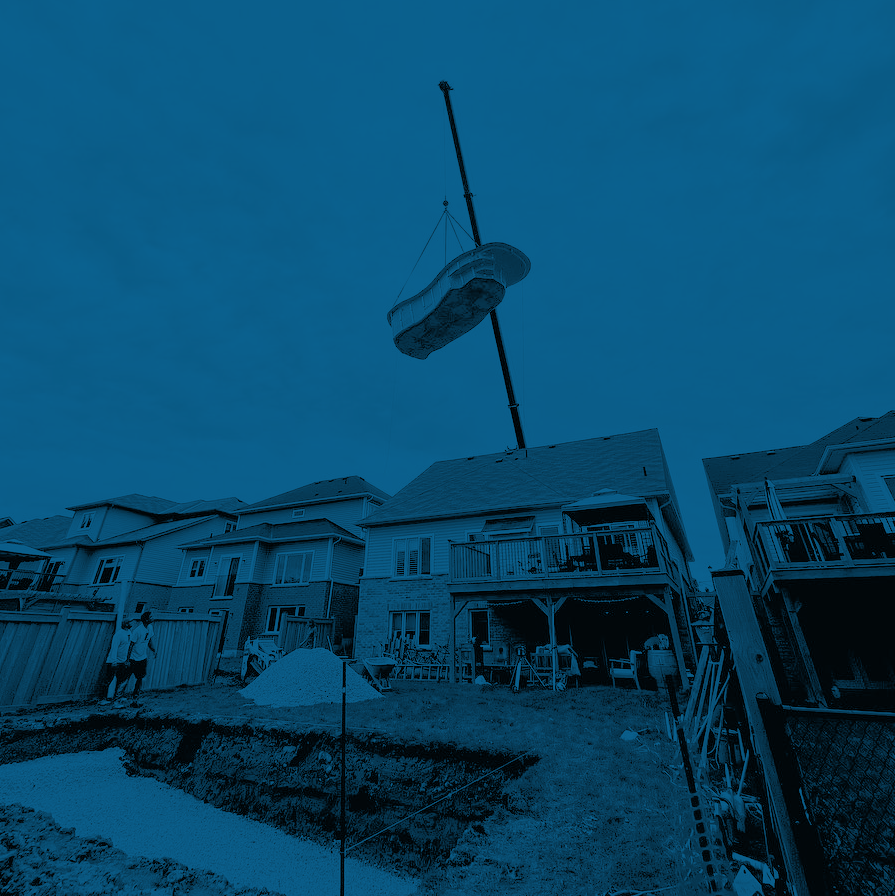





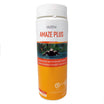


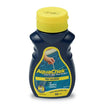


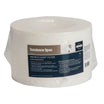

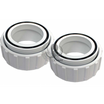


Leave a comment
All comments are moderated before being published.
This site is protected by hCaptcha and the hCaptcha Privacy Policy and Terms of Service apply.